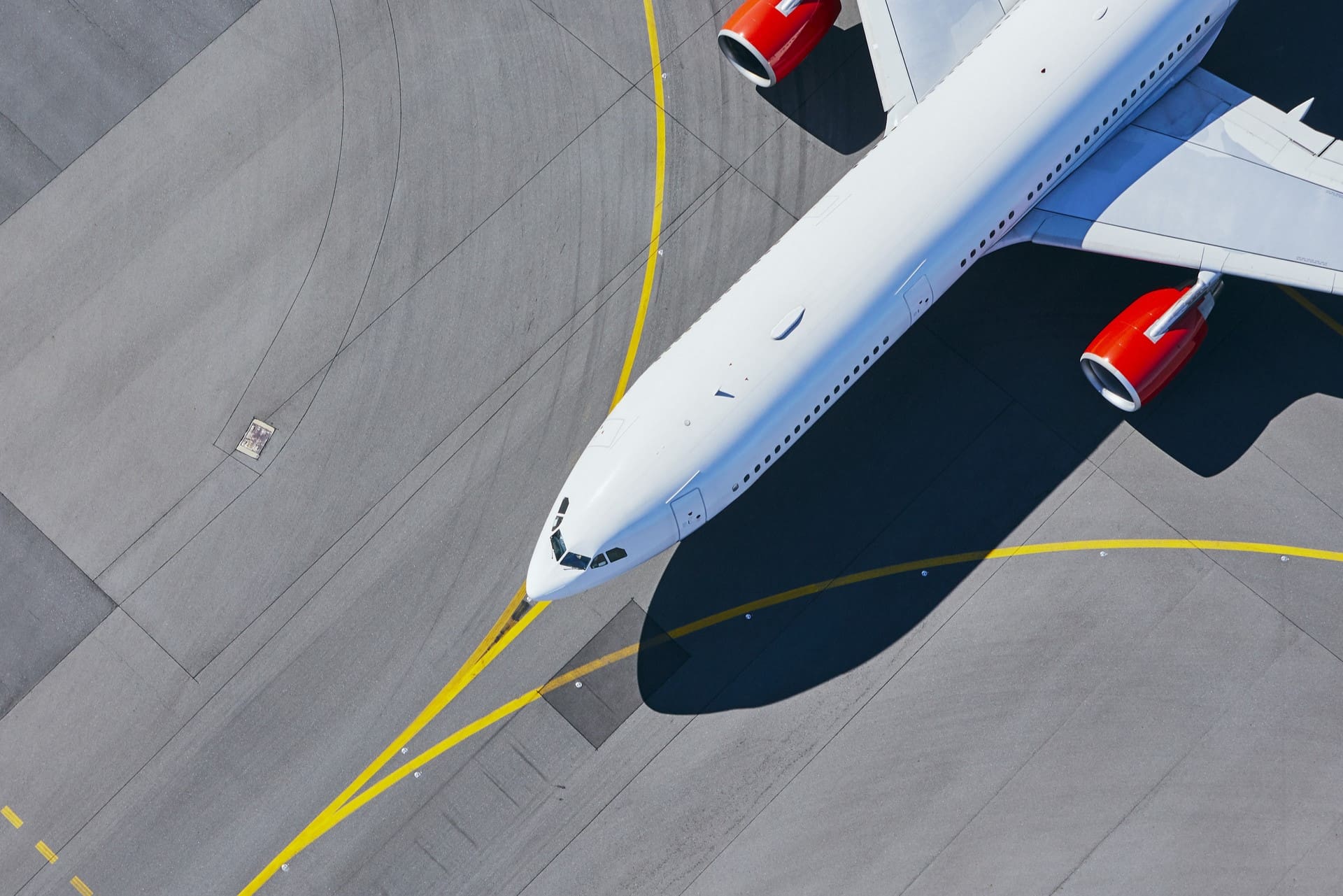
How prepared are we for aviation disasters? Aviation disasters, though rare, can have devastating consequences. Understanding how response teams operate during such crises is crucial. From the moment a plane encounters trouble, a well-coordinated effort kicks into gear. Emergency response teams spring into action, utilizing advanced technology and rigorous training to manage the situation. Airports have detailed plans in place, including firefighting units, medical teams, and communication protocols. International cooperation also plays a significant role, with countries sharing resources and expertise. Knowing these facts can provide peace of mind and highlight the incredible efforts behind ensuring passenger safety.
Key Takeaways:
- Aviation disaster response involves multiple agencies, specialized equipment, and rapid response times. Training, technology, and international cooperation play crucial roles in ensuring effective and efficient responses to aviation disasters.
- Despite challenges like remote locations and adverse weather, aviation disaster response utilizes drones, data analysis, and rescue robots to overcome obstacles. The emotional toll on responders and resource limitations are also key considerations in disaster response.
Understanding Aviation Disaster Response
Aviation disasters, though rare, require meticulous planning and swift action. The response to such incidents involves coordination among multiple agencies, specialized equipment, and trained personnel. Here are some fascinating facts about how aviation disaster response works.
-
Multiple Agencies Involved: When an aviation disaster occurs, several agencies spring into action. These include local fire departments, emergency medical services, the National Transportation Safety Board (NTSB), and the Federal Aviation Administration (FAA).
-
Specialized Equipment: Responders use specialized equipment like thermal imaging cameras to locate survivors in wreckage. This technology helps find people even in low visibility conditions.
-
Rapid Response Time: The goal is to reach the crash site as quickly as possible. Many airports have their own fire and rescue teams that can respond within minutes.
-
Emergency Plans: Airports and airlines have detailed emergency response plans. These plans are regularly updated and practiced through drills to ensure readiness.
-
Communication Systems: Effective communication is crucial. Advanced systems allow different agencies to coordinate their efforts seamlessly.
Training and Preparedness
Training and preparedness are key components of aviation disaster response. Responders undergo rigorous training to handle the unique challenges posed by aviation accidents.
-
Simulation Drills: Regular simulation drills help responders practice their skills. These drills mimic real-life scenarios to test the readiness of the teams.
-
Hazardous Materials Training: Aviation accidents often involve hazardous materials like jet fuel. Responders receive specialized training to handle these substances safely.
-
Medical Training: Emergency medical personnel are trained to deal with a wide range of injuries, from burns to fractures, that are common in aviation accidents.
-
Psychological Support: Responders also receive training in providing psychological support to survivors and the families of victims.
-
International Cooperation: Aviation disasters can involve multiple countries. International cooperation and agreements ensure a coordinated response.
Technology in Aviation Disaster Response
Technology plays a significant role in improving the efficiency and effectiveness of aviation disaster response.
-
Drones: Drones are increasingly used to survey crash sites. They provide aerial views that help in assessing the situation quickly.
-
Black Box Recovery: Specialized equipment is used to locate and recover the black box, which is crucial for understanding the cause of the crash.
-
Data Analysis: Advanced data analysis tools help investigators piece together the events leading up to the crash.
-
Rescue Robots: Robots can enter areas that are too dangerous for humans, helping to locate survivors and assess damage.
-
Satellite Imagery: Satellite imagery provides real-time information about the crash site, aiding in the coordination of the response.
Challenges in Aviation Disaster Response
Despite the advancements, aviation disaster response faces several challenges that responders must overcome.
-
Remote Locations: Crashes can occur in remote or inaccessible areas, making it difficult for responders to reach the site quickly.
-
Weather Conditions: Adverse weather conditions can hamper rescue efforts and pose additional risks to responders.
-
Language Barriers: In international incidents, language barriers can complicate communication and coordination.
-
Emotional Toll: The emotional toll on responders can be significant. Dealing with the aftermath of a disaster can lead to stress and burnout.
-
Resource Limitations: Limited resources, such as personnel and equipment, can strain the response efforts, especially in large-scale disasters.
Final Thoughts on Aviation Disaster Response
Understanding aviation disaster response is crucial. These responses save lives and improve future safety measures. First responders play a vital role, often risking their own lives. Technology and training have advanced, making responses more efficient. Coordination between agencies ensures a swift reaction. Communication is key, both during and after an incident. Investigations help prevent future disasters by identifying causes. Community support aids recovery, providing emotional and practical help. Preparedness through drills and education makes a significant difference. International cooperation enhances global safety standards. Innovation continues to improve response strategies. Public awareness fosters a culture of safety. Policy changes often follow major incidents, aiming to prevent recurrence. Resilience in the face of disaster showcases human strength. Learning from past events is essential for progress. Aviation disaster response remains a critical field, constantly evolving to protect lives.
Frequently Asked Questions
Was this page helpful?
Our commitment to delivering trustworthy and engaging content is at the heart of what we do. Each fact on our site is contributed by real users like you, bringing a wealth of diverse insights and information. To ensure the highest standards of accuracy and reliability, our dedicated editors meticulously review each submission. This process guarantees that the facts we share are not only fascinating but also credible. Trust in our commitment to quality and authenticity as you explore and learn with us.


